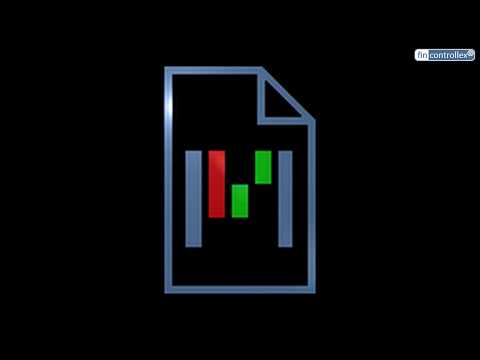What is Month End Close Process? Steps, Checklist, Best Practices
Content

Like with accounts payable, all transactions must be verified using the relevant documents – like expense reports and card statements. Once verified, each transaction should be recorded as a separate journal entry. Without manual tasks, you can also easily standardise the process. This is especially helpful as most teams are operating remotely or in separate locations.
- Creating the right month-end close checklist allows your team to break out of reporting silos and to focus on more strategic business locations.
- Part of the closing process is reconciling all these components together.
- Automation solutions simplify this by offering visibility into the process at every step.
- Additionally, manual tasks require a lot of time to collect, cleanse, and map data for use.
Perhaps the most compelling advantage to automated month-end close is audit readiness. Automated business processes not only allow standardization of operations but also ensure maintenance of records Month End Close Process throughout the year, thereby creating an audit trail. The month end close can be strenuous and time-consuming, especially in large companies with significant monthly financial transactions.
Unstandardized Processes
These tasks are not visible to the wider finance function and can be completely disconnected from the underlying monthly closing process they are responsible for. Your accounting and finance teams know the rhythm of the business, such as when vendors pay invoices and when your company pays their expenses . Lean on these teams to set the timeline for overall review, including checking automated figures. While reviewers are noted throughout the process, Vasco schedules an overall review of the report around Day Six to account for any potential inaccuracies.
Once you have completed the previous steps, it’s time to prepare the required financial statements and reports. These will vary depending on different factors but tend to include summaries of the general ledger, balance sheets, and profit/loss statements. Check out our related articles to learn more about profitability analysis and cost-volume profit analysis.
Company
Consider how you can also reduce your reliance on spreadsheets by making use of tools like data warehouses. But, keeping critical knowledge in your head instead of on paper won’t help the business in the long run. This will help show which areas of your business did better than expected and which ones didn’t do. Setting up automated approval https://kelleysbookkeeping.com/ workflows to get internal approvals and manage exceptions. ✅ Check for inclusion or exclusion of deferred or delayed transactions, failed transactions, and transactions awaiting approval. Checklists serve as reminders of the essential steps, enable verification, and enhance discipline, all of which lead to seamless and efficient operations.

In addition, creditors, investors and analysts can assess the company’s overall performance and financial condition. It’s generally best to start with bank accounts, but it’s most important to implement a reconciliation system that works for you. Review all month-end accruals and track coverage for the next month. Plus, accurate monthly reporting makes year-end closing much easier to understand.
Step 3 – Prepare Account Reconciliations
The problem here is that financial data comes from several disparate sources, and, once extracted, accountants must clean it up and turn it into a consistent format. Having to create multiple spreadsheets to cover labor-intensive data cleansing slows down the process and increases administrative expenses. The month end closing ends when the previous month has been set in stone and no new transactions are recorded on it. Reconcile your cash accounts first, which are easier to process since discrepancies and mistakes are apparent when you’re dealing with cash. This step also makes you aware of how much cash you have on hand as a business. Accounting reports contain a large amount of data and are subject to duplicate entries, omissions and other errors.
It’s time to embrace modern accounting technology to save time, reduce risk, and create capacity to focus your time on what matters most. Align healthcare accounting teams to revenue-driving activities. Centralize, streamline, and automate end-to-end intercompany operations with global billing, payment, and automated reconciliation capabilities that provide speed and accuracy. Ignite staff efficiency and advance your business to more profitable growth.

Leave a Reply
Want to join the discussion?Feel free to contribute!